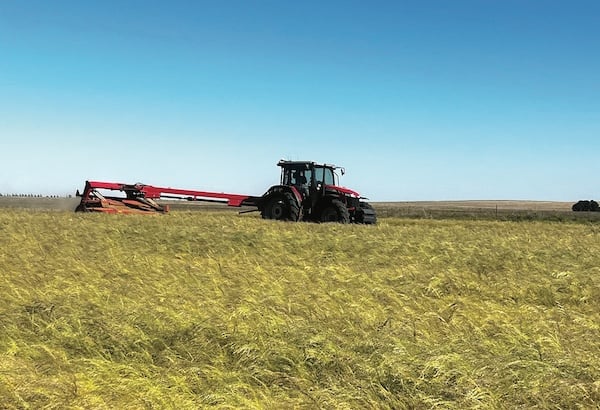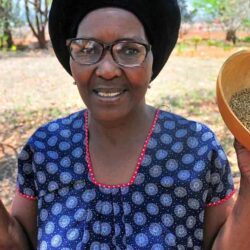Knowing the right time to plant ensures that crops are sown under optimal conditions for germination and growth. Winter crops often require specific temperatures and moisture levels to thrive.
The recent live session of Food For Mzansi’s Gather to Grow on Instagram focused on timely planting and how harvesting can maximise crop yield. Planting too early or too late can result in poor growth or vulnerability to adverse weather conditions, pests, and diseases.
Preparing the soil
Johan Pyper an agronomist specialising in canola production at Southern Oils in the Swartland region of the Western Cape, shared his winter crop techniques.
“The ideal condition is to plant in moist soil, though it is not necessarily the case here in the Swartland region,” Piper suggests planting winter crops while the soil is moist to encourage seed germination.
He emphasises that farmers cannot overlook soil moisture to achieve optimal soil conditions and further explains the critical element of soil preparation.
“Soil analysis organisations actually conduct an analysis to see if there are any shortages of minerals. Based on the soil sample data, the necessary adjustments can be made to the soil. Establishment sets the tone for the whole season.
“It is ideal to plant after the rainy season, but if there has been little rain, he advises that the seed be planted before winter to develop as much biomass as possible,” Pyper said.
Micro-climate and spatial planning
Meanwhile, Tapiwa Masimba, a qualified horticulturist and production manager with 15 years’ experience in the industry, said planning was important to ensure positive yields and improve productivity.
“I think the most important thing about farming as a whole is proper planning. You start planning for winter when you still have your summer crop. You want to start by looking at which fields are going to be prepared first, what crop is in that field, and all the necessary preparations,” he said.
He advises farmers to consider the micro-climate on the farm to determine whether to plant on high or lower ground. “Where are the high-ground areas on your farm? Those are questions farmers should ask themselves before planting. Research is important.
“That is when you want to target your mid-winter cropping. You want to plant it on high ground, whereas the low-lying areas you might want to start during your autumn time,” he said.
According to Masimba, annual spatial planning helps align the farmer’s plans with the seasonal needs so that the field is ready for winter planting while the summer crops are still in the field. He said proper timing helps in efficient use of resources such as water, fertilisers, and pesticides. It can also reduce the need for additional interventions, saving time and money.




